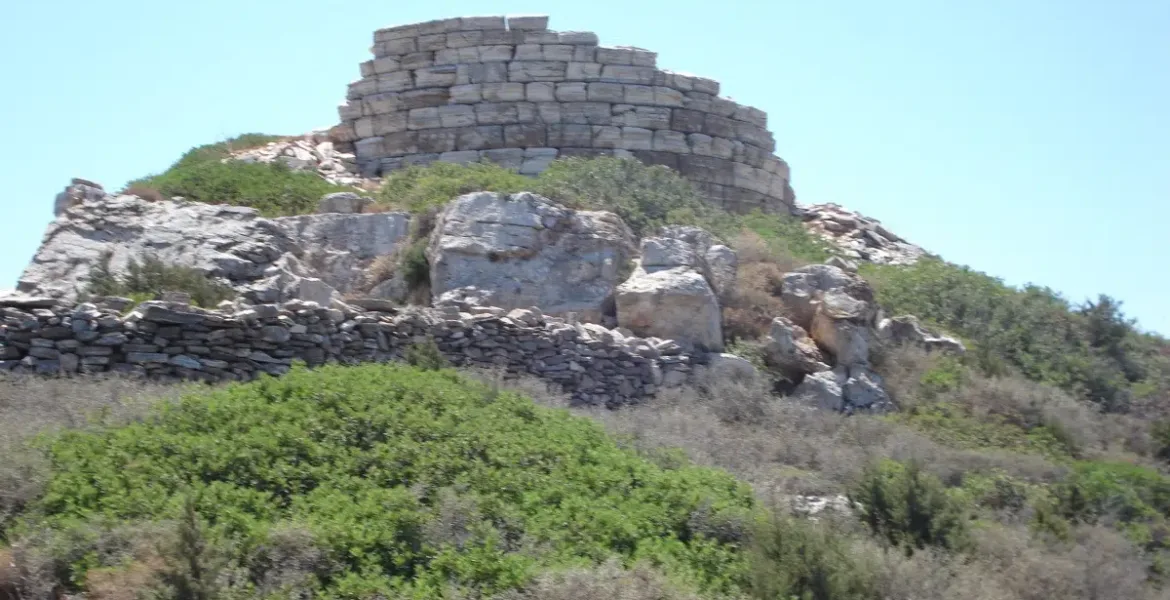In 524 BC, a monumental gold heist occurred on the island of Sifnos, Greece, targeting its renowned gold and silver mines. This event stands as one of the most significant heists in recorded history.
The raid, reportedly carried out by exiles from the island of Samos, resulted in the theft of 100 talents of gold, an amount equivalent to nearly $100 million today. Sifnos, at the time, was one of the wealthiest islands in the Cyclades, largely due to its lucrative gold and silver mines, particularly those in the area known today as Agios Sostis.
Sifnos’ prosperity was well-documented by the ancient historian Herodotus. The island began minting its own currency around 600 BC, becoming a financial powerhouse ahead of even Athens and Corinth. The pinnacle of its architectural and economic glory was the Siphnian Treasury, constructed in 525 BC at the sanctuary of Apollo in Delphi. Funded by profits from the mines, this magnificent Ionic building featured Caryatids and elaborate sculptures, many of which are now displayed in the Museum of Delphi.
The golden era of Sifnos, however, was abruptly halted when Samian fugitives, political adversaries of the tyrant Polycrates of Samos, sought financial aid from the islanders. Upon refusal, these exiles besieged and plundered Sifnos, making off with an enormous fortune in gold. This theft devastated the island’s economy, from which it never fully recovered.
In response to the heist and potential future threats, the residents of Sifnos constructed a network of signal towers to communicate and defend against invasions. These towers, built between the 6th and 3rd centuries BC, served as both watchtowers and refuges, equipped with agricultural tools, water reservoirs, and storehouses. Today, 76 of these ancient towers still stand as a testament to the island’s rich and tumultuous history.
(Source: Greek Reporter)

